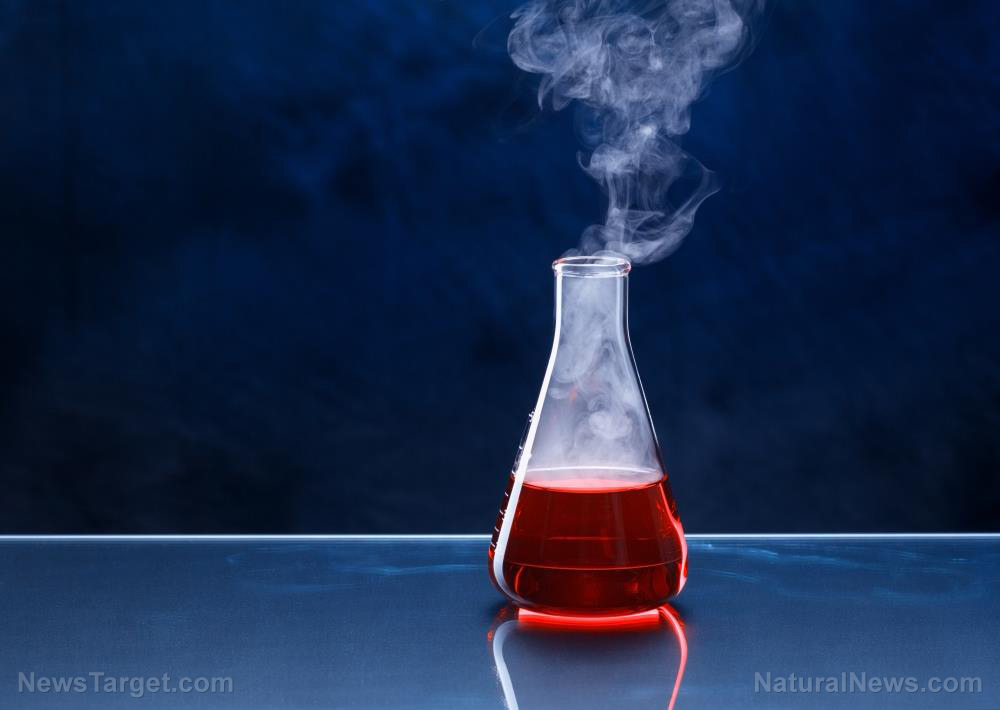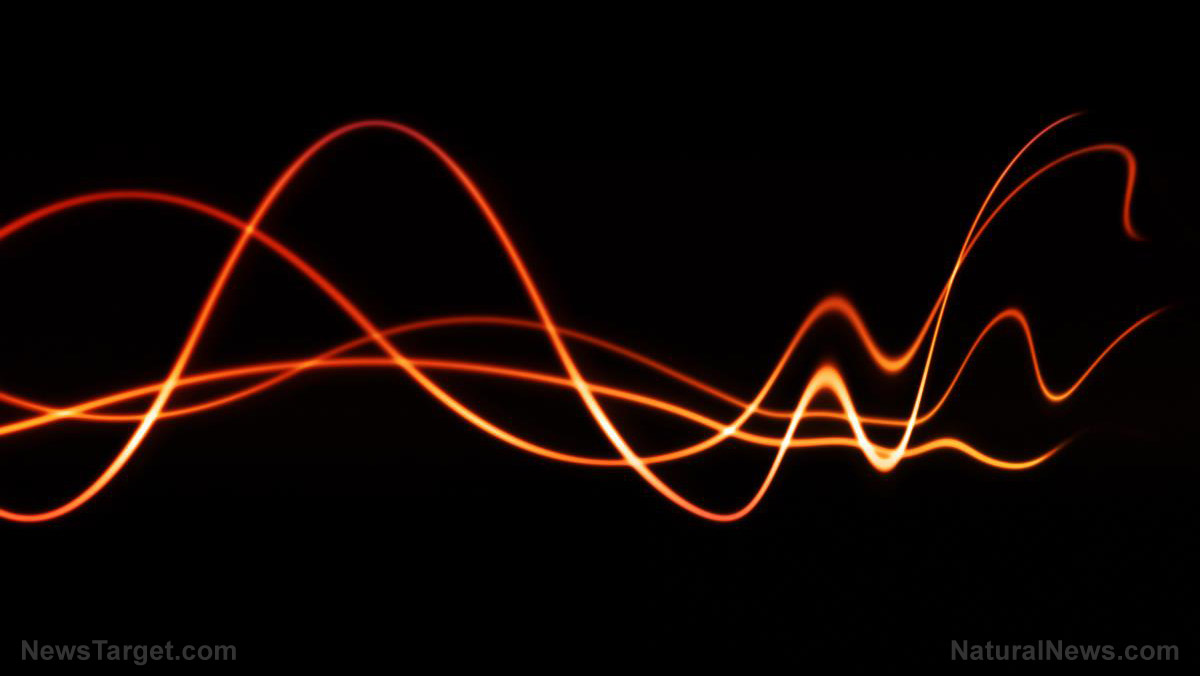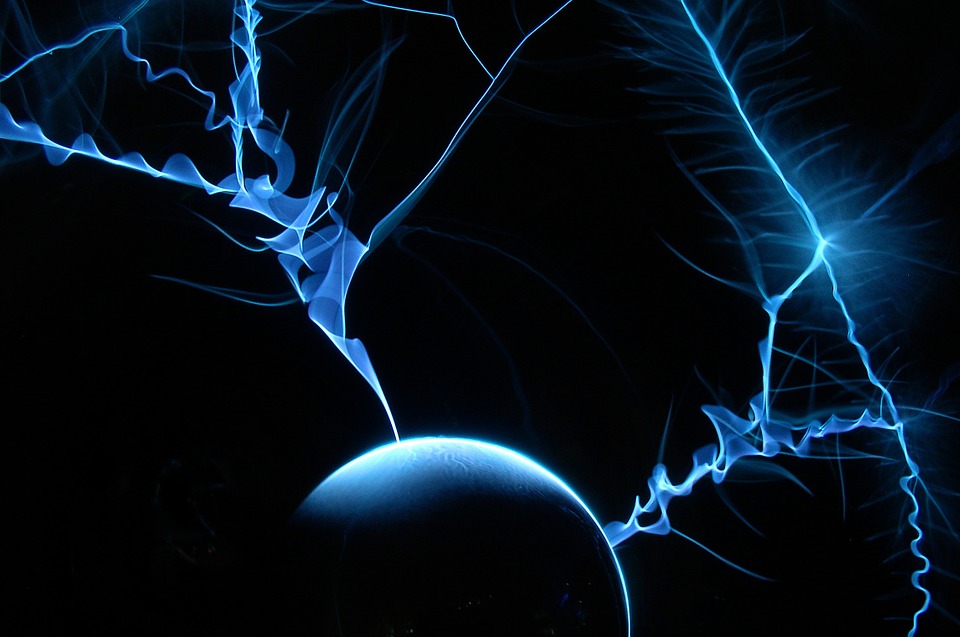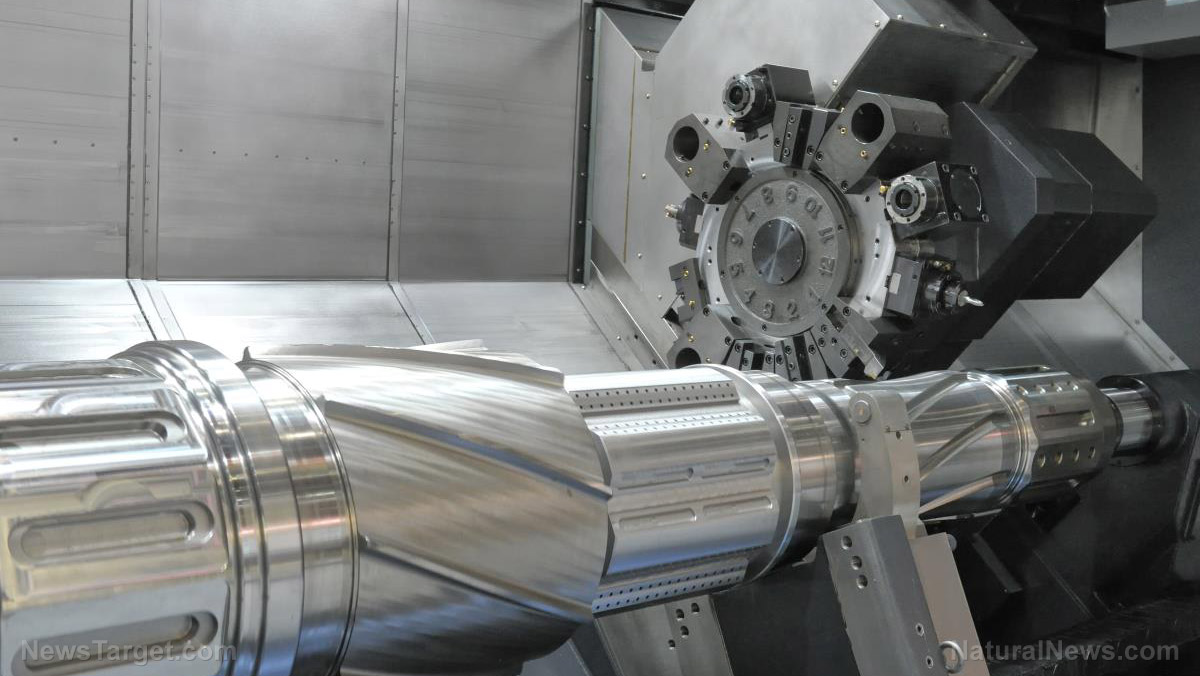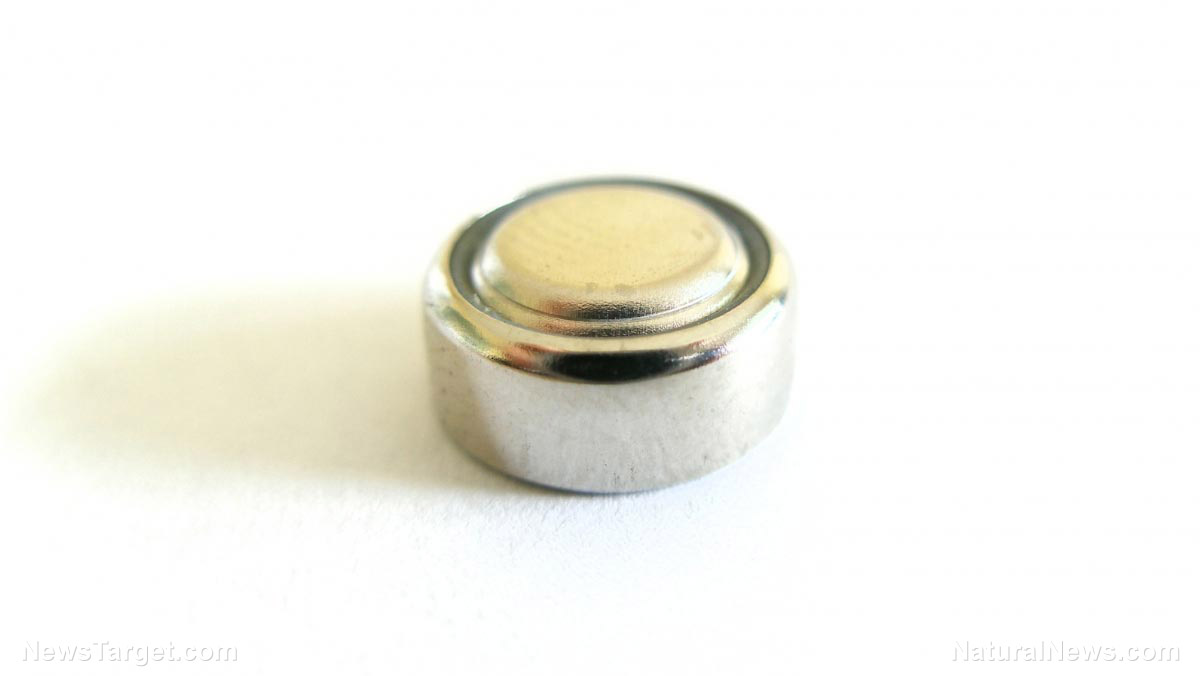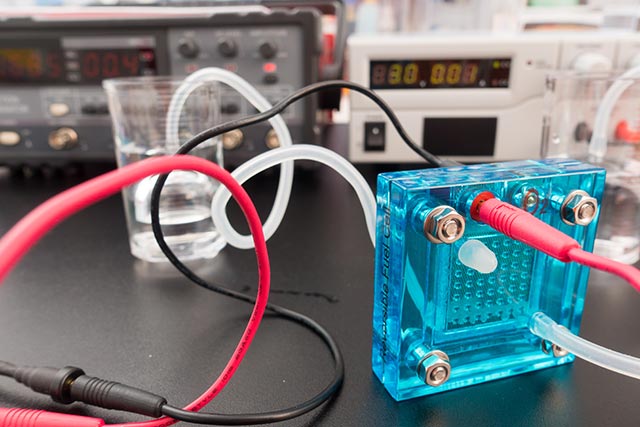Carbon emissions can now be upcycled into usable energy
05/06/2019 / By Edsel Cook

South Korean researchers came up with a new clean energy generation system that could capture, use, and store carbon-based air pollutants. In addition to producing both electricity and hydrogen fuel, it also prevented the release of carbon dioxide into the atmosphere.
Their hybrid sodium-carbon dioxide (Na-CO2) system used an aqueous solution to swiftly dissolve CO2 in the air. The solution is very efficient at converting carbon into a more useful product. It allows the production system to run for more than 1,000 hours nonstop without encountering any problems in stability or air pollution.
Ulsan National Institute of Science and Technology (UNIST) professors Gunatae Kim and Jaephil Cho oversaw the development of the hybrid energy production system in their lab. They were assisted by researcher Meilin Liu from Georgia Institute of Technology (Georgia Tech).
To reduce the air pollution produced by their system, the researchers leveraged carbon capture, utilization, and sequestration (CCUS) techniques. Their carbon dioxide-dissolving aqueous solution was one of the approaches to the problem of carbon dioxide pollution.
“The key to that technology is the easy conversion of chemically stable CO2 molecules to other materials,” explained Kim. “Our new system has solved this problem with CO2 dissolution mechanism.” (Related: Air pollution police now going after wood-burning stoves, claiming emissions are too high.)
Researchers take cues from nature to make a solution that absorbs CO2 from air
The majority of the carbon dioxide produced by human activity as air pollution was absorbed by the ocean. As the levels of air pollutants in the water increased, so did ocean acidity.
The UNIST researchers decided to replicate this phenomenon on a much smaller scale in order to take advantage of the ensuing chemical process. By dissolving carbon dioxide in water, they could create an acidic solution that could then be used to trigger an electrochemical reaction.
Increasing the acidity of a solution also increased the number of protons present. The higher levels of protons would improve the solution’s ability to draw oppositely charged electrons toward it.
If this correlation between acidity and electricity sounded familiar, it is because the common lead-acid battery operated on much the same principles of electrochemistry. The main difference is that the lead-acid battery used an acidic solution to begin with.
The UNIST approach, on the other hand, started with a water-based solution. The liquid only turned acidic after it absorbed carbon dioxide in the air. The CO2 therefore allowed the solution to begin serving as an acid-based battery.
Turning carbon dioxide into useful electricity and hydrogen fuel
The new Na-CO2 system bore considerable resemblance to a fuel cell. It was made up of a sodium metal cathode, a sodium super ionic conductor (NASICON) separator, and an anode made from catalysts. In a break from traditional batteries, the catalysts were placed in the water and hooked up to the cathode by a lead wire that ran through the liquid.
The addition of carbon dioxide made the water acidic. The conditions triggered voluntary chemical reactions that eliminated CO2 while producing electricity and molecular hydrogen (H2). The researchers reported that half of the CO2 absorbed by the water was converted into the two forms of usable energy.
The UNIST researchers reported that their hybrid system is very stable. Even after more than 1,000 hours of continuous operation, the electrodes remained intact and undamaged.
“This hybrid Na-CO2 cell, which adopts efficient CCUS technologies, not only utilizes CO2 as the resource for generating electrical energy but also produces the clean energy source, hydrogen,” explained Jeongwon Kim, another UNIST researcher who served as the co-first author of the study.
Sources include:
Tagged Under: breakthrough, Carbon capture, carbon dioxide, carbon emissions, Chemistry, Clean Energy, discoveries, electricity, electrochemistry, future science, green living, hydrogen fuel, innovation, inventions, science and technology, sodium-carbon dioxide



